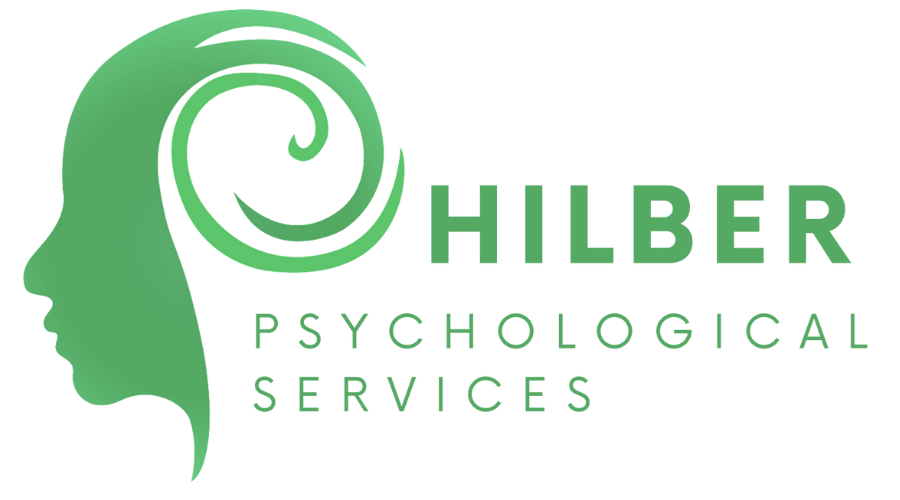When a child's primary love language is acts of service, they are using these acts to connect with their parent. A parent doesn't have to say yes to every request, but should be sensitive to how they are responding. If a child is asking for acts of service, always respond regardless of their behavior.
Read MoreWhen asking your child "why", ask it in your head first and use your curiosity to get your child to answer. Don't cause them to get defensive. Have more of an open and accepting mind.
Read More
